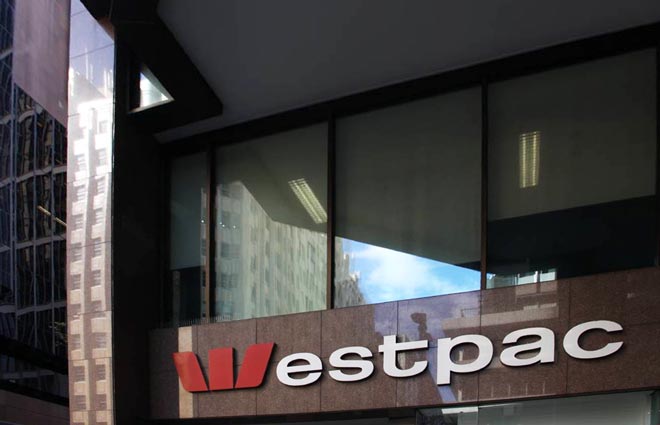Westpac today updated the market on the new major bank budget deficit repair levy (‘Levy’) announced in the 2017 Federal Budget.
Given the limited detail available to us it is difficult to precisely calculate the Levy. Nevertheless, given information received to date, we are able to provide preliminary estimates of the cost of the Levy for Westpac.
Based on Westpac Banking Corporation’s balance sheet at 31 March 2017, the announced 0.06 per cent (or 6 basis point) Levy would apply to approximately $615 billion of Westpac’s liabilities (‘Impacted liabilities’). Impacted liabilities would exclude certain prescribed items including approximately $174 billion of financial claims scheme eligible deposits. The Levy is expected to be tax deductible, but will not attract franking credits (Australian tax imputation credits).
As the Levy is expected to be applied from 1 July 2017, it will impact Westpac’s Full Year 2017 financial results (year ended 30 September 2017). On the basis of the above estimates, it would result in a new cost in our Second Half 2017 of approximately $65 million after tax. On an annualised basis, that represents a cost of around $370 million or around $260 million after tax. The exact cost will depend on the final form of the new legislation passed and the composition of Westpac’s liabilities.
No company can simply ‘absorb’ a new tax, so consideration is being given to how we will manage this significant impost on the bank. We plan to consult with stakeholders, including shareholders, on the Levy.
To dimension the impact of the Levy for our shareholders, the $260 million after tax cost is equivalent to around 8 cents per share (using the above estimates). Based on Westpac’s 2016 full year dividends of 188 cents per share, this represents 4.3% of dividends paid.
Westpac has strongly objected to the Levy on the grounds that it is an inefficient tax that targets just five companies; it places the major Banks at a competitive disadvantage relative to international peers; and it is a tax on growth because as lending and investment increases the cost of the Levy also rises. A further objection is that the Levy currently has no end date, so it becomes a permanent tax impost on companies that are already amongst Australia’s largest taxpayers.

